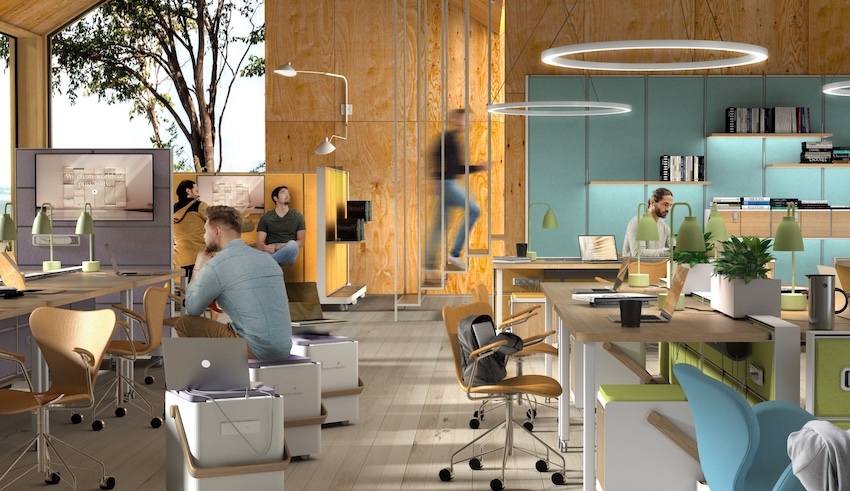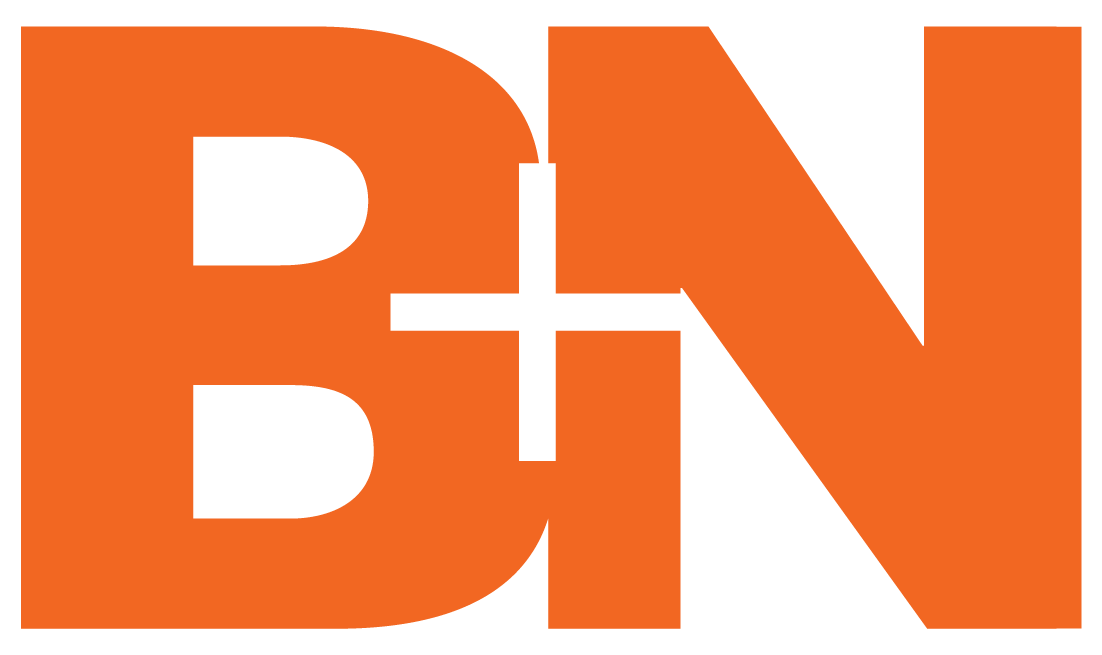Sit, Stand, Move, Repeat
How to design a dynamic workplace
Sponsored by B+N Industries | By Kathy Price-Robinson
The workplace is evolving. No longer a static setting for the daily grind, the office has become a destination for dynamic collaboration, community building, and flexible work styles. Bringing out the best in staff requires a fluid workspace accommodating individuals and teams with no singular permanent, unchanging layout. This course explores shifting desires away from totally open offices to flexible offices. When workspaces are designed to be flexible, change is simple and easy.
The course focuses on the three foundations of dynamic office design: movable walls and shelves, modular furniture, and portable power. With movable walls and shelves, there is no need for heavy carpentry work and the scheduling and disruption that entails. Modular furniture allows the ultimate use of space as needs dictate. Desks that can move and those that can be raised and lowered allow people to work how and where they want. Tables that tilt can be folded away to free up space. Portable power allows maximum freedom within the workspace. Creativity and satisfaction naturally follow when office design allows people to sit, stand, move, and repeat..

Photo courtesy of B+N Industries
B+N Industries is a leading designer and producer of award-winning proprietary products focusing on enhancing the interior and exterior aesthetics of each retail, hospitality, and workplace location. At the heart of our company is a design-centric approach, which we apply to both product development and internal operations. Clients may initially discover us through our catalog products, but soon realize the full extent of our custom capabilities. We have a strong, developed industrial design team that serves as an extension of our clients' design teams. Our robust operations and logistics team can manage rollouts on a global scale. We design and manufacture innovative and intelligently engineered solutions that create purposeful and beautiful places.
Originally published in Architectural Record
Originally published in August 2024
LEARNING OBJECTIVES
- Discuss the history of open office design and modular office furniture
- Define dynamic office design on a macro level.
- Explain flexible office design solutions on the micro level using modular and mobile furniture and portable power.
- Discuss case studies that offer designers beautiful and creative solutions to their office design needs.











